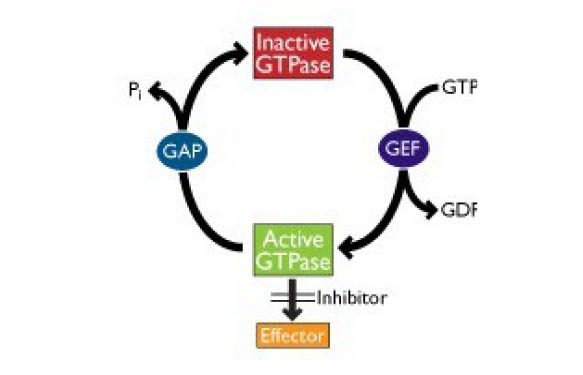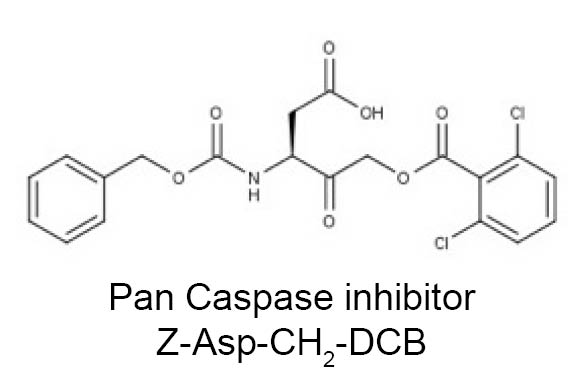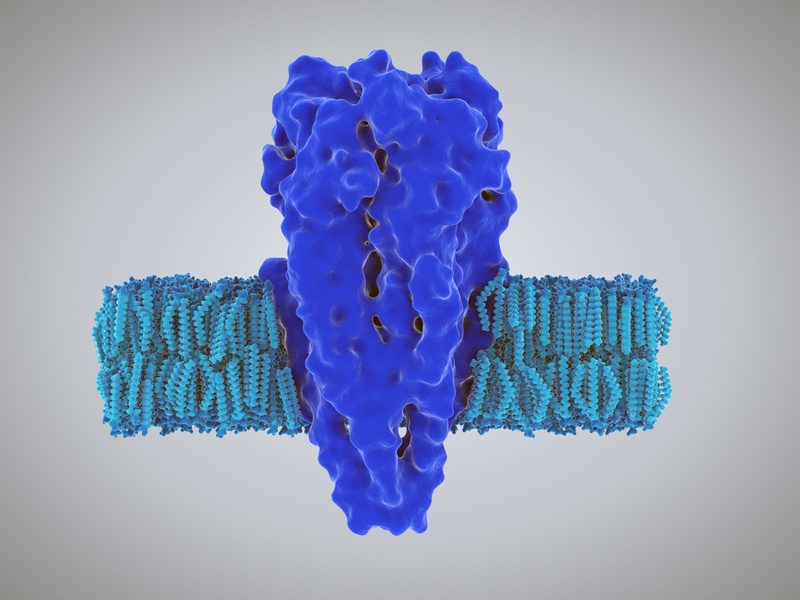RalA and RalB GTPases regulate cell motility, morphology, signaling, vesicular trafficking, and endo/exocytosis. The regulation of these functions is critical for the development and spread of cancer, implicating Ral in oncogenesis and metastasis. Both isoforms are integral for Ras-mediated tumorigenesis, metastasis, and invasion. Despite sharing 82% amino acid sequence identity, effectors, and structural/biochemical properties, RalA and RalB have their own unique functions in oncogenesis due to distinct subcellular localization and differential effector interactions. Ral localization, binding partners, and function are regulated by post-translational modifications (PTMs).
 In their recent newsletter, Cytoskeleton Inc. summarize recent findings about the relevance of geranylgeranylation, carboxymethylation, palmitoylation, phosphorylation, and ubiquitination in regulating Ral activity, subcellular localization, effector binding, and ultimately, function.
In their recent newsletter, Cytoskeleton Inc. summarize recent findings about the relevance of geranylgeranylation, carboxymethylation, palmitoylation, phosphorylation, and ubiquitination in regulating Ral activity, subcellular localization, effector binding, and ultimately, function.
You can download a copy of this newsletter, or if you have any questions or comments, don’t hesitate to get in contact through the form below.
Kits to measure RalA activation
- G-LISA RalA Activation Assay Biochem Kit (colorimetric format)
- RalA Activation Assay Biochem Kit (bead pull-down format)
If you’d like to get an overview about what’s available in the small G protein field, take a look at this Small GTPase product guide.



